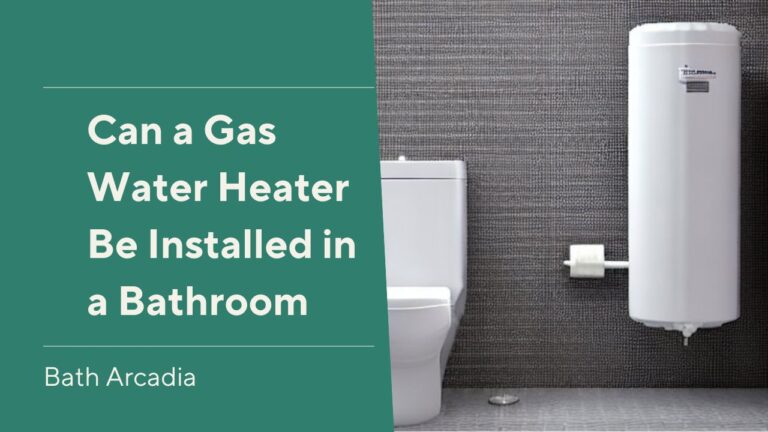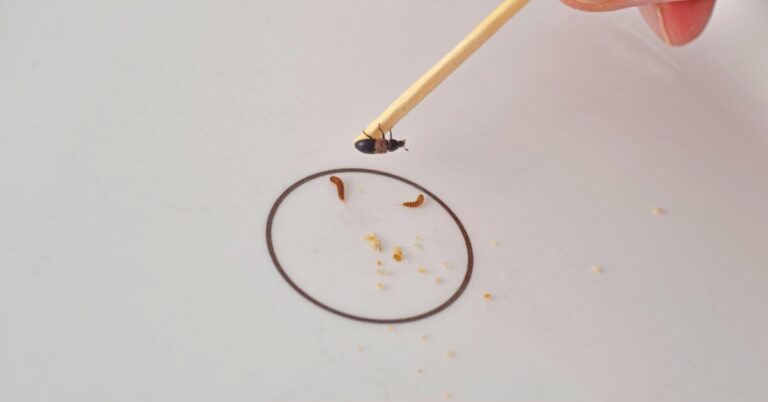If you’ve ever been to a hotel or a spa, you might have noticed that some bathrooms have heat lamps installed on the ceiling. These are small, round light fixtures that emit infrared radiation, which can warm up your body and the surrounding air. They often provide extra comfort and coziness in the bathroom, especially during cold seasons.
But are bathroom heat lamps safe to use? What are the benefits and risks of having them in your home? How can you install and maintain them properly? In this article, we’ll answer these questions and more. We’ll also give you some tips and tricks for maximizing bathroom heat lamps.
What are Bathroom Heat Lamps?
Bathroom heat lamps are electric heaters that use infrared light to produce heat. Unlike regular light bulbs, they don’t emit visible light but invisible waves of energy that can penetrate the skin and warm up the tissues and muscles underneath. They also heat the air molecules in contact with them, creating a warm and cozy atmosphere in the bathroom.
Bathroom heat lamps are usually mounted on the ceiling above the shower or bathtub area. Depending on the model and preference, a switch or a timer can turn them on and off. Some heat lamps also come with a fan or an exhaust system that can help circulate the air and remove excess moisture and odors from the bathroom.
What are the Benefits of Bathroom Heat Lamps?
Bathroom heat lamps can offer several benefits for your health and well-being. Here are some of them:
- They can help you relax. Bathroom heat lamps can create a soothing and relaxing environment in your bathroom, similar to a sauna or a hot tub. They can help you unwind after a long day, ease your stress and tension, and improve your mood. They can also help you sleep better at night by relaxing your muscles and nerves.
- They can relieve pain and inflammation. Bathroom heat lamps can also have therapeutic effects on your body. They can help relieve pain and inflammation caused by arthritis, muscle strains, sprains, cramps, or injuries. They can also improve blood circulation, reduce swelling, and speed healing.
- They can boost your immune system. Bathroom heat lamps can also help fight infections and illnesses by boosting your immune system. They can stimulate the production of white blood cells, which defend your body against foreign invaders. They can also increase your body temperature, killing harmful bacteria and viruses.
- They can improve your skin. Bathroom heat lamps can also help you improve your skin condition by opening up your pores and removing dirt, oil, and toxins from your skin. They can also increase collagen production, making your skin more elastic and youthful. They can also help treat acne, eczema, psoriasis, and other skin problems.
What are the Risks of Bathroom Heat Lamps?
Bathroom heat lamps are generally safe to use when installed and used correctly. However, there are some risks and drawbacks that you should be aware of before using them. Here are some of them:
- They can cause burns. Bathroom heat lamps can produce high temperatures that burn your skin if you get too close or touch them directly. This can cause blisters, scars, or even permanent damage to your skin. To prevent this, keep a safe distance from the heat lamp, avoid touching it with wet hands or feet, and use protective clothing or accessories if necessary.
- They can cause dehydration. Bathroom heat lamps can also cause dehydration by making you sweat excessively and lose water and electrolytes from your body. This can lead to headaches, dizziness, fatigue, or even fainting. To prevent this, you should always drink plenty of water before, during, and after using the heat lamp, limit your exposure time to 15 minutes or less per session, and avoid using alcohol or caffeine before or after using the heat lamp.
- They can cause fire hazards. Bathroom heat lamps can also pose a fire hazard if they are not installed or maintained properly. They can ignite flammable materials or substances in contact with them, such as curtains, towels, hair products, or aerosols. They can also overheat or short-circuit if they are faulty or damaged by water or moisture. To prevent this, you should always follow the manufacturer’s instructions for installation and maintenance of the heat lamp, use a ground fault circuit interrupter (GFCI) outlet to prevent electric shocks or surges, keep flammable materials away from the heat lamp, check for signs of wear and tear regularly, and replace the bulb as needed.
How to Make the Most of Bathroom Heat Lamps?
If you have bathroom heat lamps in your home or plan to install them soon, here are some tips and tricks to make the most of them:
- Label them clearly. You should label your heat lamps clearly and visibly to avoid confusion and frustration. You can use stickers, signs, or markers to indicate which switch controls your bathroom’s heat lamp or appliance. You can also use different colors or shapes to differentiate them.
- Use smart switches. To enhance your convenience and comfort, you can use smart switches that can be controlled remotely or automatically. You can use your smartphone, tablet, or voice assistant to turn your heat lamps on or off from anywhere in your house. You can also set timers, schedules, or routines to turn your heat lamps on or off at certain times or events.
- Have some fun. To spice up your bathroom experience, you can have some fun with your heat lamps. You can use them to play pranks on your family or friends by turning the heat lamps on and off randomly or unexpectedly. You can also use them to communicate with your partner or roommate by using Morse code or other signals.
Conclusion
Bathroom heat lamps are a great way to add warmth and comfort to your bathroom. They can also positively affect your health and well-being by helping you relax, relieve pain, boost your immune system, and improve your skin. However, they also come with risks and drawbacks that you should be aware of before using. If not installed or used properly, they can cause burns, dehydration, or fire hazards.
To ensure the safe and effective use of bathroom heat lamps, you should always follow the manufacturer’s guidelines and safety regulations for installation and maintenance. You should also keep a safe distance from the heat lamp, drink plenty of water, use a GFCI outlet, keep flammable materials away from the heat lamp, check for signs of wear and tear regularly, and replace the bulb as needed. By following these tips and tricks, you can make the most of your bathroom heat lamps and enjoy their benefits without any problems.


